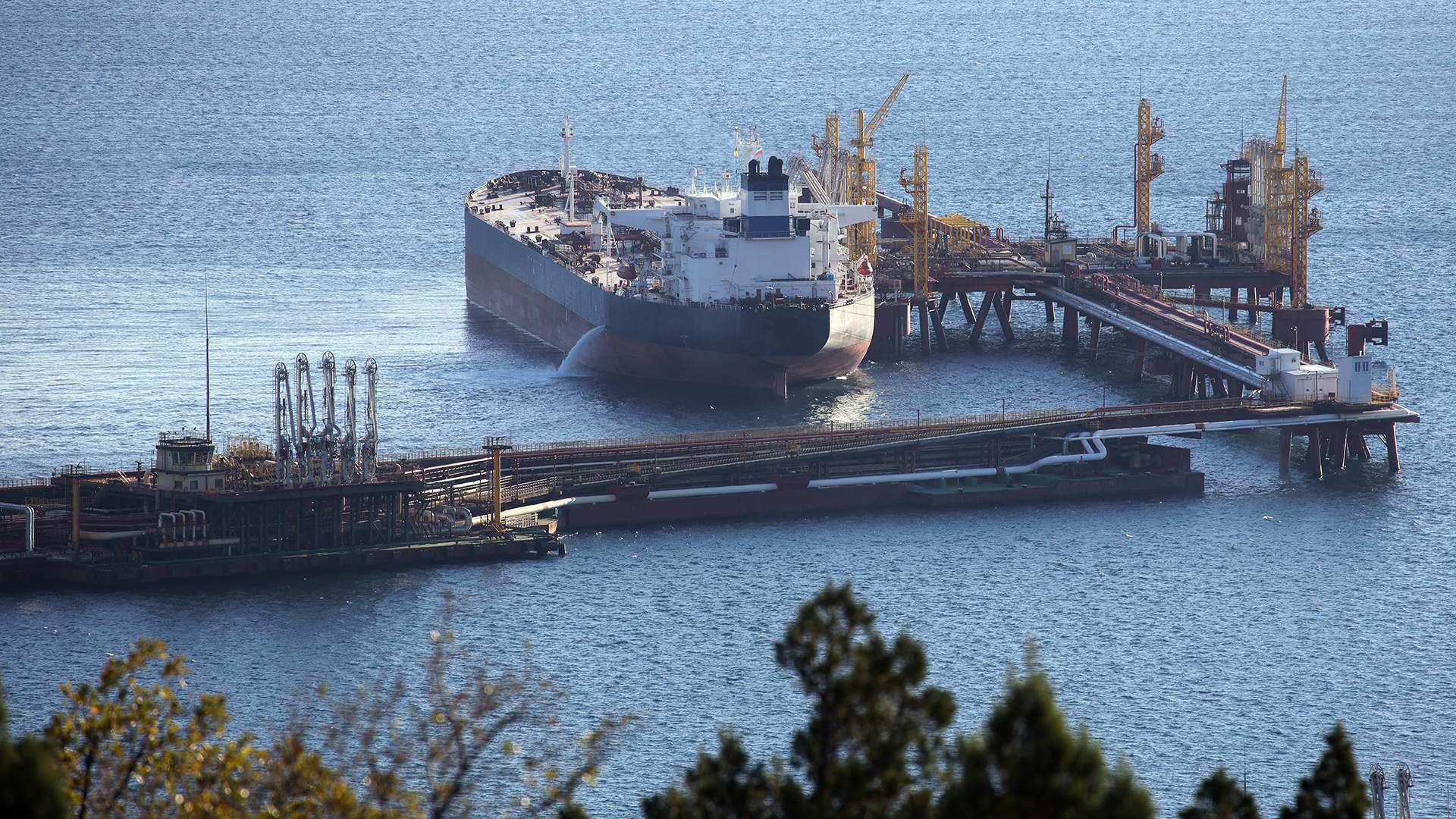
Russian oil supplies to India get a second wind
By Rhod Mackenzie
Russia's energy elite will meet with local officials in the Indian state of Goa on Tuesday 6 February to discuss maintaining oil supplies,according to a report by Bloomberg. The issue of energy security will be central to the conference, which will be attended by Indian Prime Minister Narendra Modi.
One of the prime minister's goals is to remove trade barriers with Russia that have contributed to reduced flows of discounted oil. Modi has stepped up his activities against the backdrop of upcoming general elections in India and the tightening of Western sanctions against Russia. According to media reports, Rosneft CEO Igor Sechin will attend the event from Russia.
Before the start of the SVO, imports of Russian oil to India were insignificant, but in 2022 they began to grow steadily: Delhi appreciated the opportunity to buy fuel at a discount. As a result, Russia overtook India's traditional oil suppliers - Iraq and Saudi Arabia. However, Russian energy supplies to India have fallen in recent months, partly due to payment problems.
In addition, the United States is tightening controls over the $60 per barrel price cap on Russian oil, requiring documentation and tightening restrictions on middlemen who help trade Russian oil. According to analysts Kpler, Russia's share of India's oil imports fell to 31 per cent in January (from 43 per cent in June), with shipments averaging one and a half million barrels a day.
Several tankers carrying Russian Sokol oil from the Russian Far East to India are now idle (most of them near Singapore), awaiting instructions on how to proceed. The ships are estimated to be carrying more than four million barrels of oil, the agency writes. Tanker tracking data shows that two other Sokol vessels are still on their way to India, but it is unclear whether they will reach their final destination.
Indian refineries, which bought an average of 140,000 barrels per day of Sokol in 2023, have received no shipments of the grade since December 2023.
The increased focus on Russian flows comes at a difficult time for India. The country is already facing a global supply squeeze that has left import-dependent countries with less bargaining power than a year ago. It also faces elections in the coming months. India also has to balance its need for discounted oil with the need to maintain ties with traditional oil suppliers Saudi Arabia and Iraq.
In addition to Sokol, supplies of Russia's flagship Urals grade to India are also under threat, as ships typically transit the Suez Canal and the Red Sea to reach South Asia. Negotiations between Indian officials and Russian leaders are likely to focus on payments and the choice of a currency that both sides can accept.
Discussions are also likely to cover logistics, including new agents and banks. Traders said many were previously based in Dubai, but the United Arab Emirates is under pressure to shed its reputation as a conduit for limited oil supplies and limit the use of the dirham for such transactions, the agency said.
